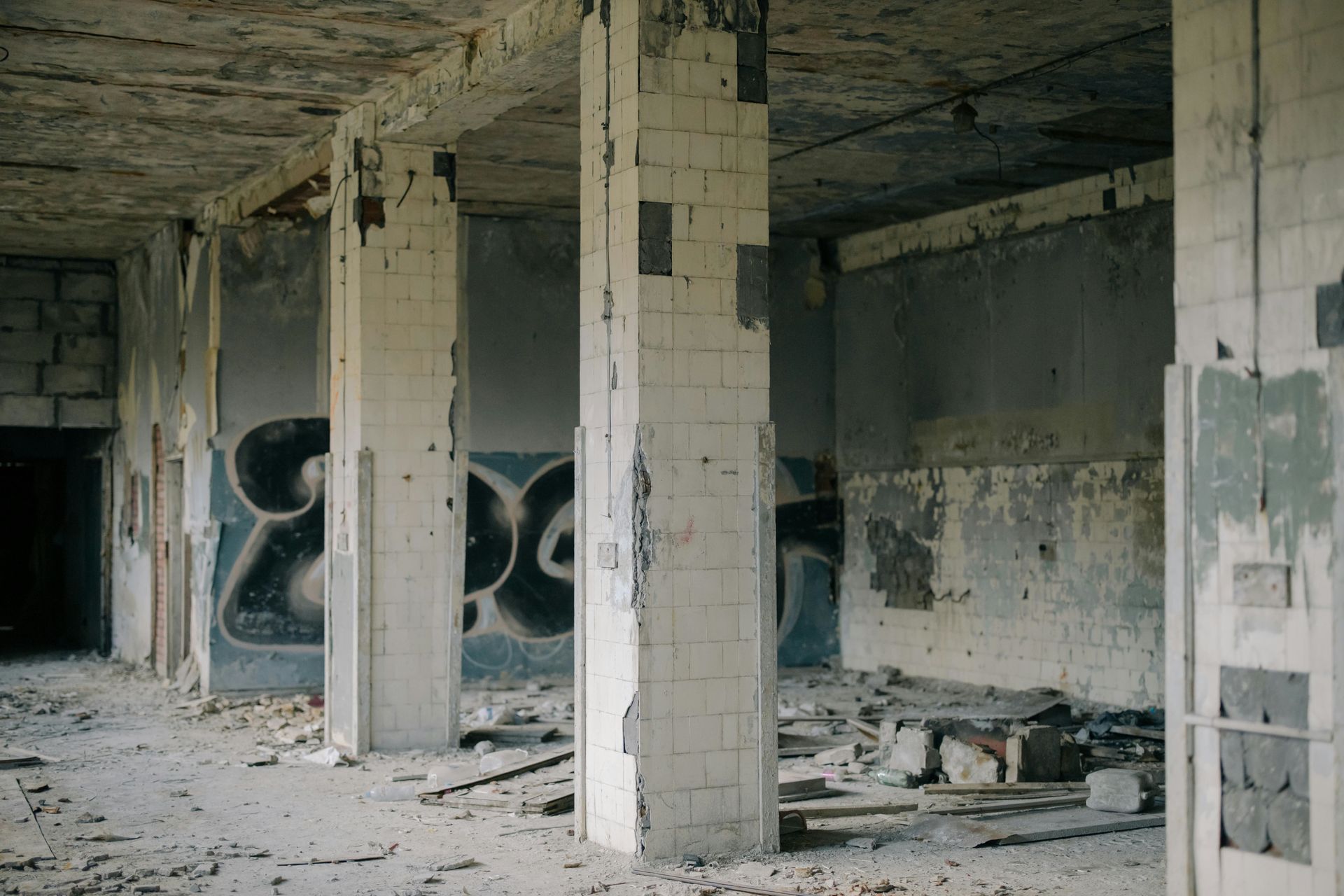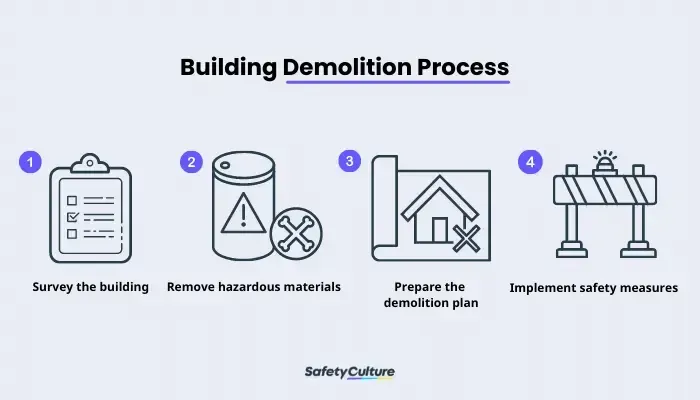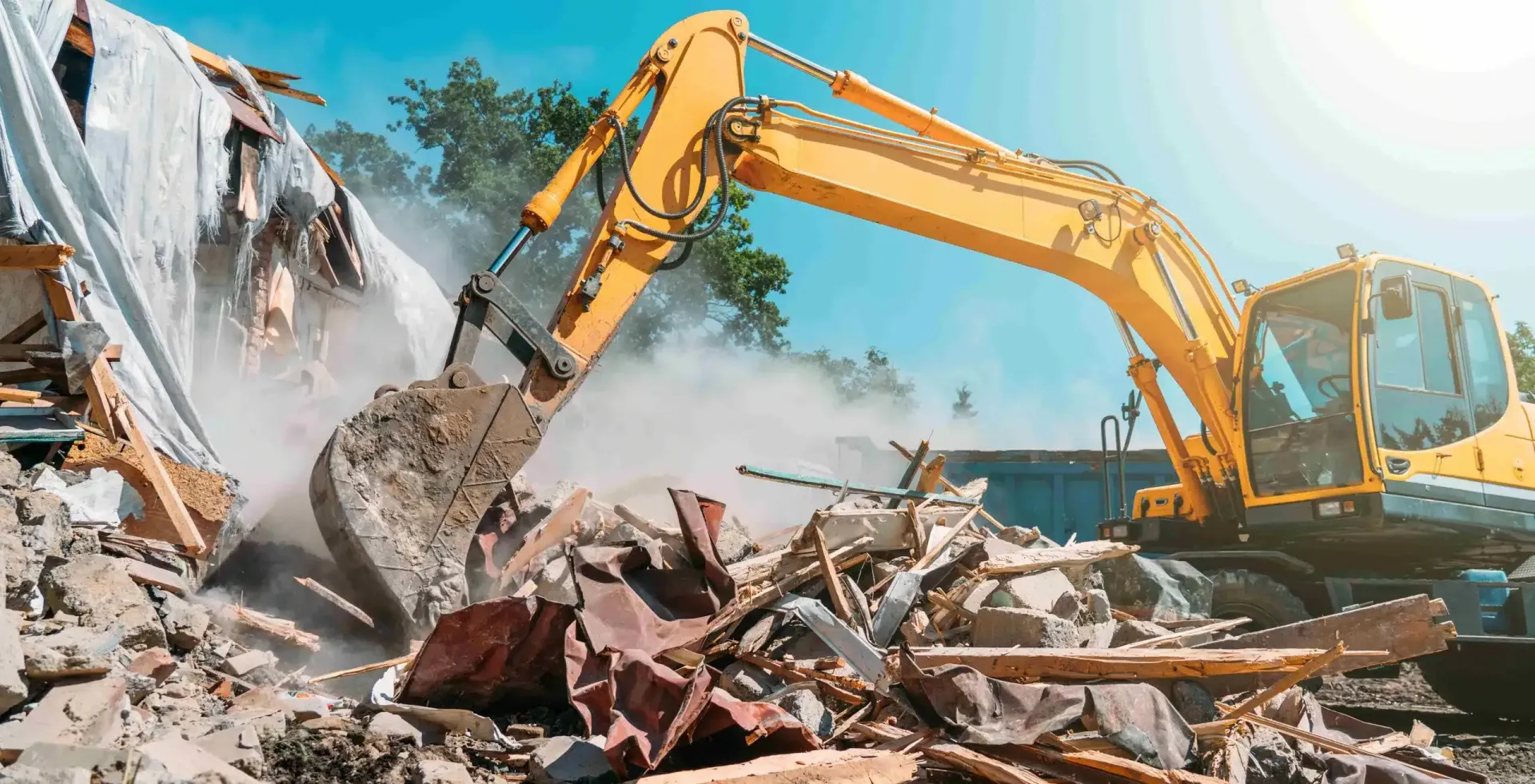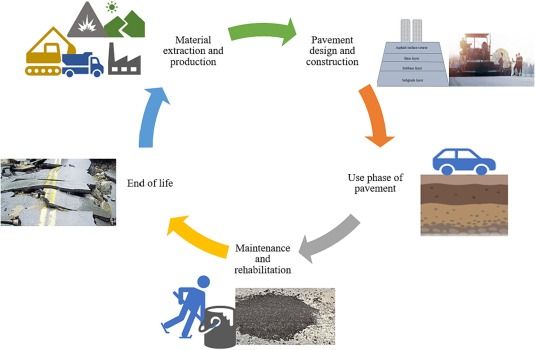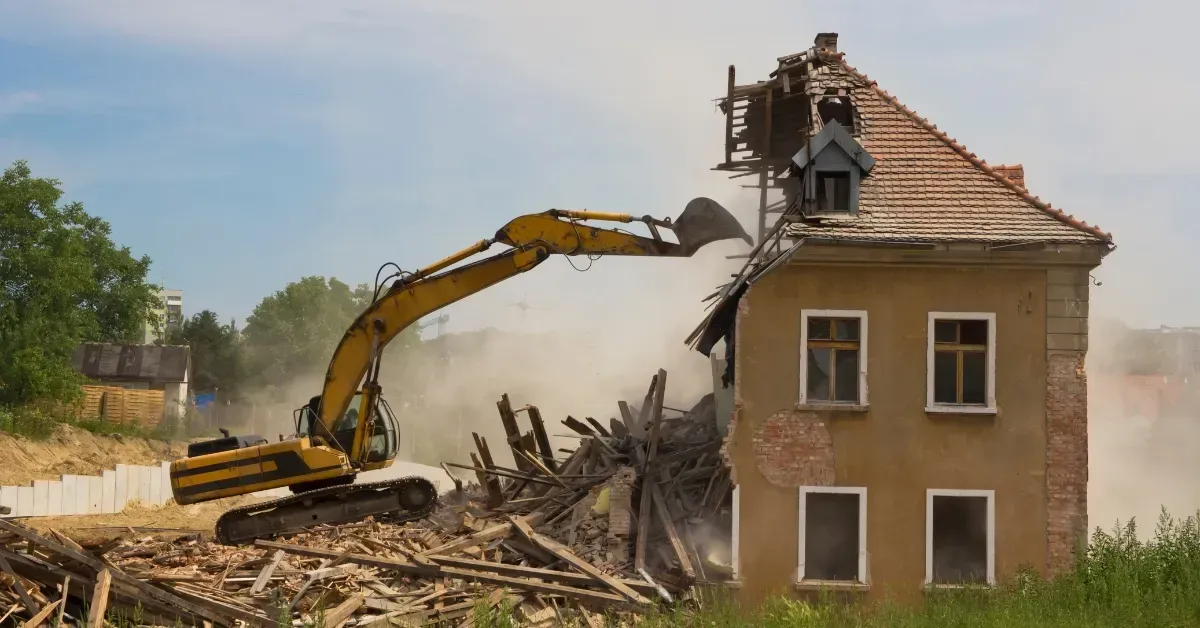Effective Techniques for Minimizing Demolition Dust
The importance of demolition in any kind of construction project is crucial. Although not all construction projects would require demolition, understanding its pitfalls is still important. As we know, demolition projects are essential for urban development, renovations, and infrastructure improvements. However, just like other projects it involves some pitfalls and one of which is dust. Demolition often generates a significant amount of dust, which can pose health risks to workers and nearby residents, as well as create environmental concerns. Hence, demolition dust control should be observed. Minimizing demolition dust is crucial for ensuring the safety of everyone involved and maintaining air quality standards. In this blog post, we'll explore ten effective techniques that can help mitigate dust during demolition projects.

How to Effectively Minimize Demolition Dust
For most demolition contractors, certainly too much dust is one of their concerns. The bigger the demolition project is, the more dust will swirl around the area which will somehow make the work significantly hard. However, no matter how contractors avoid it, demolition and dust are just inseparable. Fortunately, there are ways to effectively minimize demolition dust. Below are the top 10 effective techniques for minimizing demolition dust during a demolition project:
Top 10 Effective Techniques for Minimizing Demolition Dust
1. Pre-Demolition Planning
Firstly, before starting any demolition work, thorough planning is essential. Evaluating the structure to be demolished must be done thoroughly. Doing so will help identify potential sources of dust. Then, develop a detailed demolition plan that includes strategies for dust control, such as wetting surfaces, covering openings, and using dust barriers.
2. Wet Demolition
Water always beats dust. That’s why, one of the most effective techniques for minimizing dust during demolition is to keep surfaces moist. Using water sprays or misting systems to wet down areas is proven to be effective. Do this before, during, and after demolition activities. Doing this helps to suppress dust by weighing down particles and preventing them from becoming airborne.
3. Dust Suppression Chemicals
In addition to water, dust suppression chemicals can be applied to surfaces to control dust during a demolition project. These chemicals can be mixed with water and sprayed onto demolition debris to minimize dust emissions. However, it's essential to choose environmentally friendly products that are safe for workers and the surrounding ecosystem. Some examples of eco-friendly dust suppression chemicals are enzyme-based dust suppressants, magnesium-chloride, and calcium-chloride just to name a few.
4. Enclosure Systems
Another effective way to minimize dust is by having an enclosed system. Enclosing the demolition area with barriers or containment systems can help prevent dust from spreading to neighboring properties. Do this by installing temporary walls, fences, or tarps around the demolition site to contain dust and debris. You can also consider using negative air pressure systems to further control airborne particles.
5. Use of Dust Control Equipment
Investing in high-quality dust control equipment, such as industrial vacuums, air scrubbers, and dust collectors is also a great way to help control dust. These devices can capture dust at the source and filter it before releasing clean air back into the environment. Place dust control equipment strategically around the demolition site for maximum effectiveness. Here are some of the other most common dust control equipment that are used during a demolition project:
- Mist Cannons
- Dust Suppression Sprayers
- Negative Air Machines
- Dust Barriers and Curtains
- Dust Suppression Trucks
- Dehumidifiers
6. Use of Personal Protective Equipment (PPE)
Another way to effectively avoid dust is by wearing personal protective equipment (PPE). Provide workers with appropriate personal protective equipment. These include respirators, goggles, and protective clothing. PPE helps to minimize exposure to dust and other hazardous materials during demolition activities. Ensure that workers receive proper training on the use and maintenance of PPE too.
7. Scheduled Demolition
Scheduling demolition activities during times when weather conditions are favorable for dust control is also an effective way to combat dust. Avoid working on sunny windy days or during dry spells when dust is more likely to become airborne. You can also plan demolition work for early mornings or late evenings when air quality tends to be better.
8. Controlled Demolition Methods
Choose demolition methods that minimize dust generation. The two most common methods are mechanical demolition and selective dismantling. Avoid using high-impact techniques like explosives unless absolutely necessary. Using high-impact techniques can create large amounts of dust and debris.
9. Waste Management
Implement effective waste management practices to minimize the amount of dust-producing debris generated during demolition. Sort materials onsite and recycle or reuse as much as possible. Dispose of demolition waste responsibly to prevent dust pollution in landfills or dumpsites.
10. Post-Demolition Cleanup
Last but definitely not the least, is using proper post-demolition cleanup. After the demolition is complete, thorough cleanup is essential to remove any remaining dust and debris from the site. Use water and industrial vacuums to clean surfaces, floors, and equipment. Monitor air quality during cleanup activities to ensure that dust levels remain within acceptable limits.
Conclusion
We all know that minimizing dust during demolition projects is critical for protecting the health and safety of workers, residents, and the environment. By implementing these ten effective techniques, contractors can significantly reduce dust emissions and ensure compliance with air quality regulations. Investing in dust control measures not only improves the overall safety of demolition projects but also demonstrates a commitment to environmental responsibility. Did we miss any other effective techniques for minimizing dust during a demolition project? If yes, comment down below the ones we missed.
First Step Demolition
Do you want to make your demolition project cleaner and safer? At First Step Demolition, we understand the importance of minimizing dust during demolition projects. Our team is committed to implementing effective techniques that prioritize the health and safety of workers, residents, and the environment. With our expertise and experience in the field, we can help you achieve cleaner and safer demolition results. Whether it's pre-demolition planning, wet demolition methods, dust suppression chemicals, or advanced dust control equipment, we have the solutions that will absolutely exceed your expectations.
Contact us today to discuss your demolition project and learn how we can help you minimize dust and maximize safety. Together, let's take the first step towards a cleaner, safer, and more sustainable demolition process. Make First Step Demolition your partner for effective dust control techniques. Reach out now to get started!




